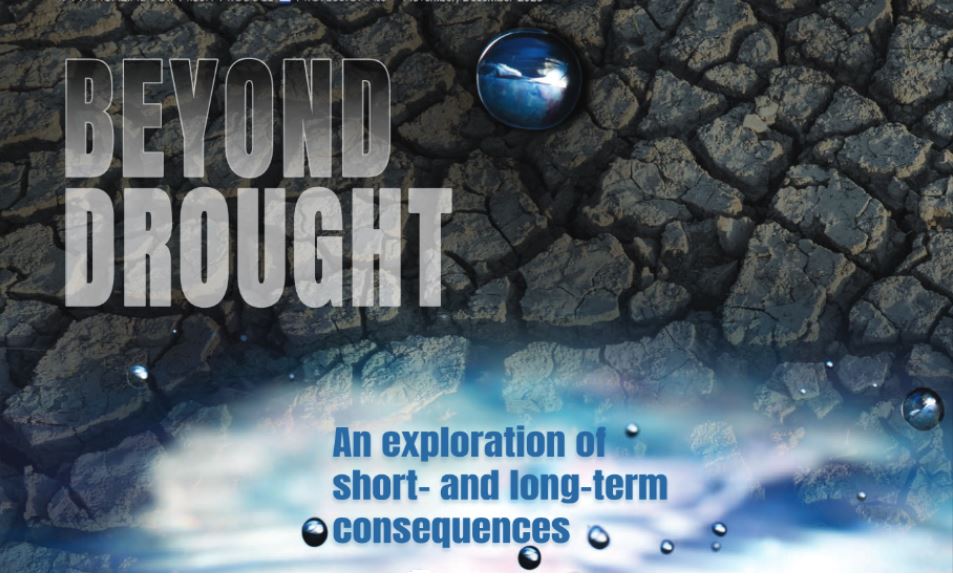Water shortages are not just a concern for agriculture or the Western states. Twenty-five countries, containing a quarter of the world’s population, face extremely high water stress, according to the World Resources Institute.
As one might expect, the nations most severely affected are in the arid regions of North Africa, the Middle East (Bahrain, Cyprus, and Kuwait are the top three), and India, but the United States scores higher than some might expect, coming in at number 57, with “medium-high” risk.
Two countries at “high risk” are Mexico (number 26) and Peru (number 32)—increasingly important suppliers of fresh fruits and vegetables to the United States. Chile comes in toward the top (number 16), with “extremely high” risk.
Fortunately, the World Resources Institute points out, “Water demand has plateaued in wealthier countries in North America and Europe.
“Investment in water-use efficiency has helped reduce in-country water use in high income countries, but water use and dependencies extend beyond national boundaries, and the water embedded in international trade from lower-middle income countries to high income countries will increasingly contribute to rising water stress in low and lower-middle income countries.”
Further grounds for optimism: sooner or later, the long-term world decline in population should help level out demand, and the supply of human ingenuity is apparently inexhaustible. The next few decades will show how the human race copes with the need for its most important resource.
This is an excerpt from the cover story in the November/December 2023 issue of Produce Blueprints Magazine. Click here to read the whole issue.



